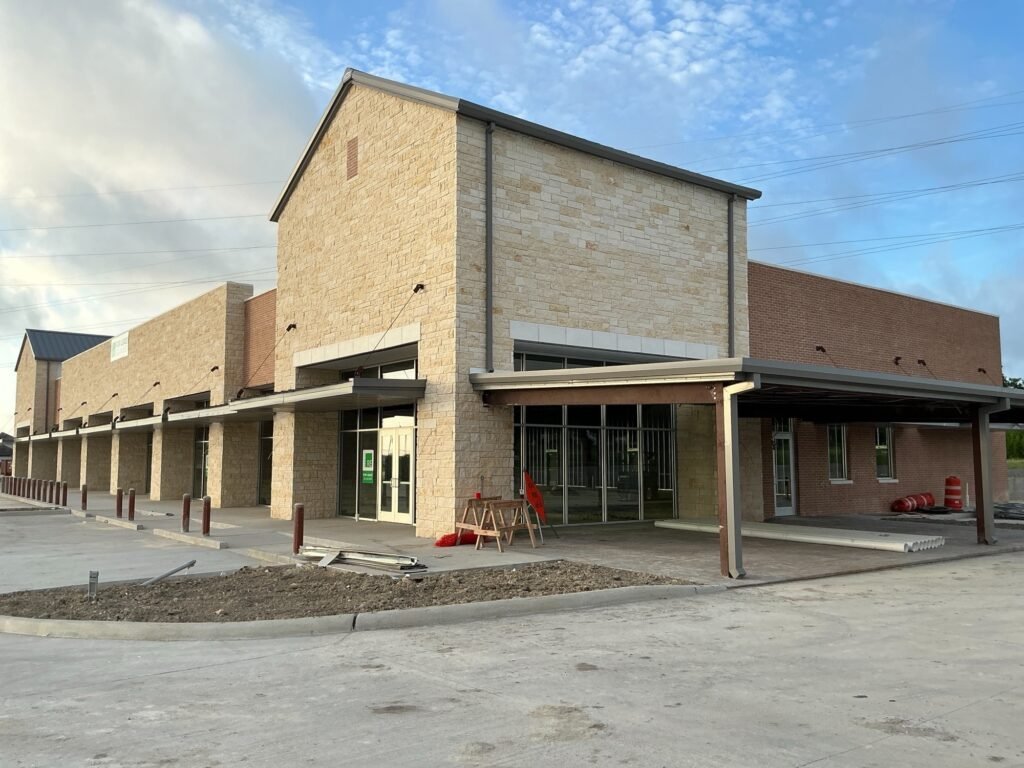Call Us Any Today
945-232-9545
Send An Email
development@giminidevelopment.com

Investing in shopping strip centers can be a lucrative venture, but it’s crucial to understand the market dynamics and perform thorough due diligence before diving in.
With limited new supply, high occupancy rates, and tenants that thrive in any economy, strip centers are becoming a go-to asset class for passive investors seeking potential income-generating opportunities.
What are the potential benefits?
What are the potential risks and challenges?
What should you consider before investing?
